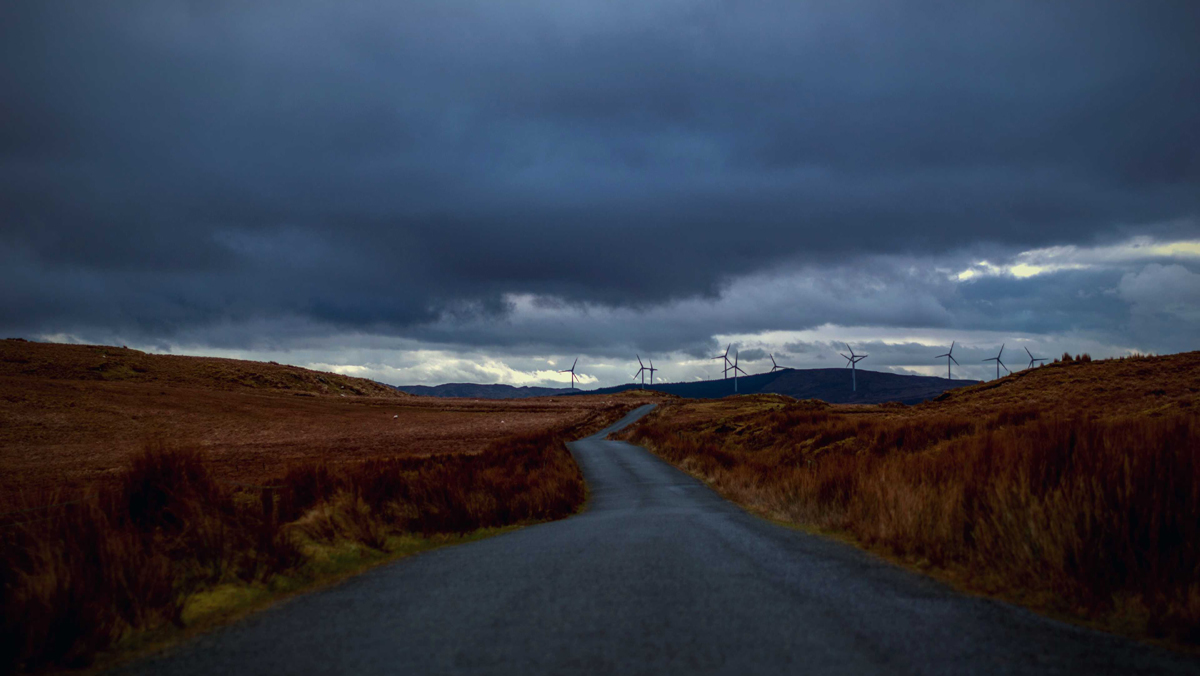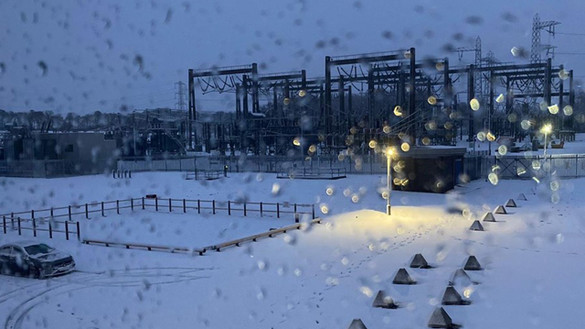
ESO: Riding the storm – how the ESO control room handles severe weather
The start of February saw a double dose of extreme weather across Great Britain, as storms Ciara and Dennis blew their way into the British Isles bringing winds of almost 100mph and widespread disruption. So how do we make sure the electricity system stays intact and that we’re able to keep balancing supply and demand? Ro Quinn, head of national control at the Electricity System Operator (ESO), explains.

Storms can bring good news and bad news for our electricity system in Great Britain. The bad news you can probably imagine: disruption and unpredictability, which can make the already challenging job of balancing supply and demand in real-time even more difficult. The good news? We’ll often see a boost in our renewable energy generation – but more on that shortly.
One thing that will always be true of turbulent weather is that the only way to deal with it effectively is through meticulous preparation. Fortunately, that’s something we do a lot of at National Grid ESO. From keeping an eye on solar radiation hurtling towards earth at a million miles an hour, to checking the TV guides for which shows or sports events are likely to cause a pick-up in demand, our engineers and analysts have to be across every detail that might impact how we deliver electricity around the country.
As you might expect, weather is one of our most important considerations when making plans for balancing the system. At this time of year, we know we’re likely to face some testing conditions across the country.
So, what are some of the challenges we’re up against and how do we manage the risks?
Firstly, the physical transmission system that we use to move our electricity at high voltage across the country must be resilient to storm conditions. At the ESO, we don’t own or operate any of this infrastructure, but our colleagues at National Grid – as well as Scottish and Southern Electricity Networks and SP Energy Networks – make sure the network of pylons, cables and substations is robust against weather damage and a wide range of faults.
Mechanisms like delayed auto reclose (DAR) – which kicks in if a fault trips a circuit (not uncommon during bad storms) and brings the powerline back into service after a few seconds – are designed to protect the system. And other contingencies are in place too – last year we saw a heroic effort by colleagues at Thorpe Marsh substation to successfully shield it from unusually severe floods in Doncaster.
In the unlikely event that storm conditions lead to parts of the transmission system going out of service, our control room is ready to respond. We have a constant eye on the weather – including through close collaboration with the Met Office and our live tracking of lightning strikes across Great Britain – and all our preparation work means our planning teams are anticipating different scenarios to make sure we have enough electricity reserves available for unforeseen losses of supply or generation.
This planning really comes to fruition when conditions are blustery. Even with the best forecasting capabilities, it’s difficult for our control room analysts to predict when and where the wind will blow. So different strategies will be in place to manage varying levels of wind. That will involve constant reassessment of our plans – from hours ahead, right up to real-time – to make sure we’re operating the system reliably and economically, and exploiting the available wind power.
Wind power brings decarbonisation opportunities
The huge opportunities associated with wind power have been plain to see in recent months. As I mentioned earlier, storm conditions bring great potential for renewable power. The tail end of December’s Storm Atiyah brought the highest ever level of wind generation in Great Britain (which was all but matched by Storm Ciara), and gusty Storm Brendan contributed to January being the greenest month ever. Not to be outdone, February’s two storm systems brought us very close to wind power outstripping gas for the first time over a month. This is good news for our efforts to decarbonise electricity in Great Britain, and shows we can continue to operate a stable and low-carbon system when conditions become challenging.
There’s work to do before we can meet our ambition to be able to run the electricity system at zero carbon by 2025, but our control room is already looking that far ahead – and beyond.
To learn more about where our energy is coming from, take a look at our electricity report.


